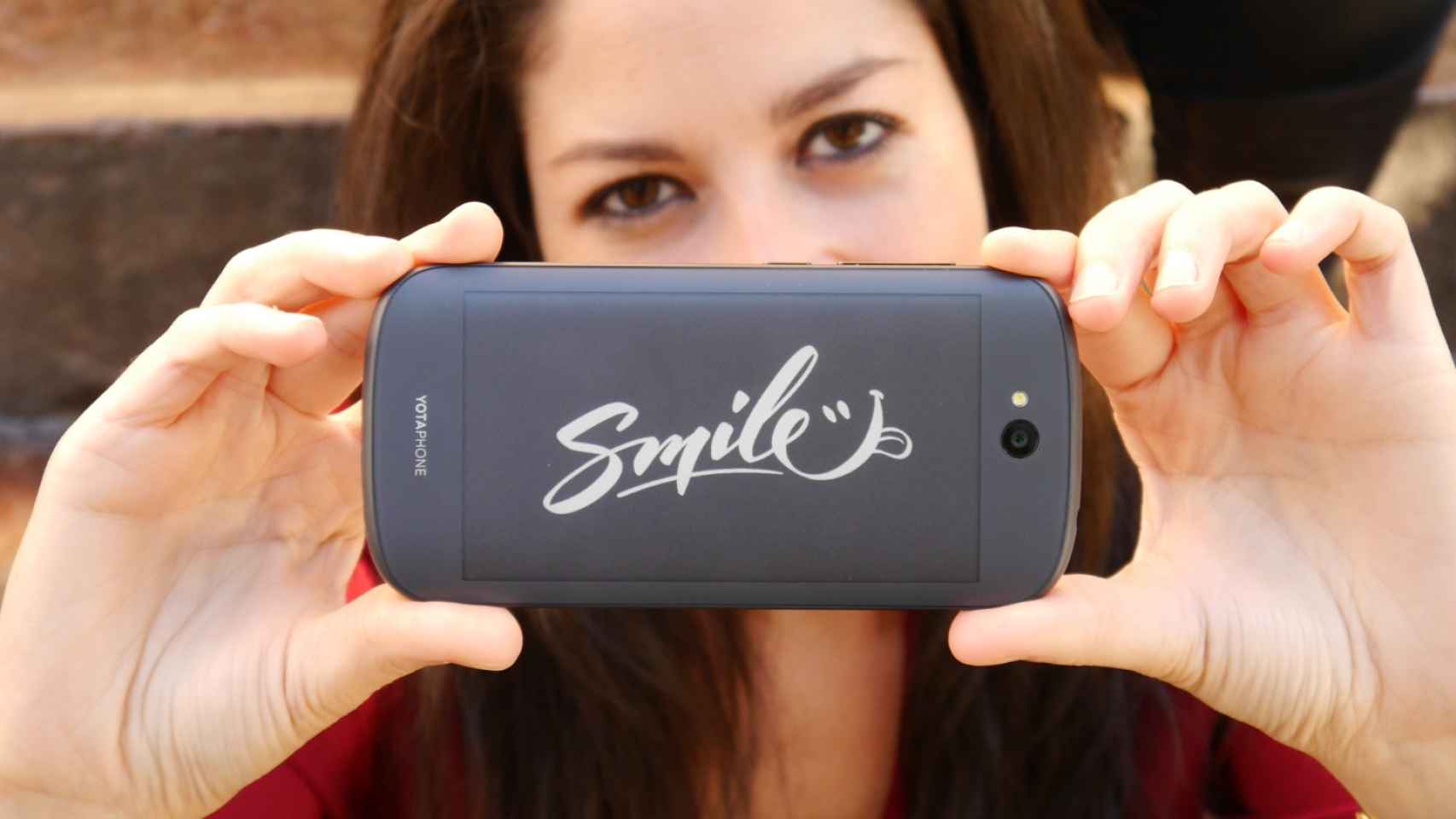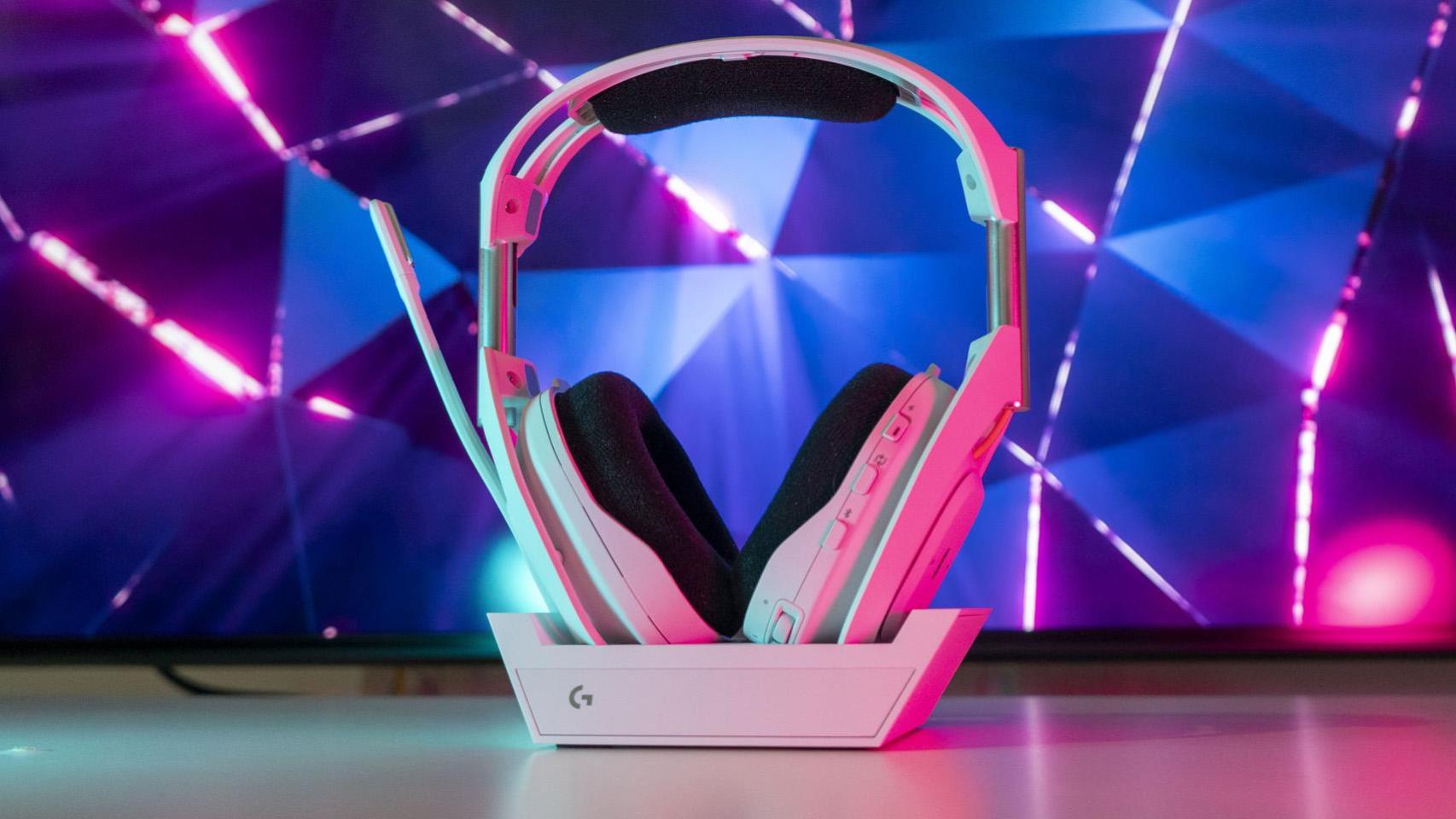When Martin Cooper made the first call with a cell phone, he surely did not expect that this invention would evolve into what it is today. To be a large instrument, suitable to be used on the move if we carry a suitcase a device that fits in your pants pocket and can do the same thing as a computer.
The last big change was the one introduced by Apple in 2007, shaping what is currently a smartphone. That is to say a capacitive screen on the front, a metal or plastic frame and one on the back where the cameras are housed. This idea has tried to evolve since then, but only foldable phones have managed to move away from this form factor a little.
But that’s not for lack of trying, but because the audience decided they didn’t want anything else. We have seen mobile phones with 3D screens, others with 3D cameras, others with integrated projectors, with electronic ink screens… But all these innovations have fallen in to oblivion, even if At the time they seemed interesting.
3D cameras
In the early 2010s, many TV manufacturers released devices with 3D displays. The film Avatar promised to be to this technology what The Matrix was to DVDs, a reward that would boost not only its sales, but also an entire industry. This has led to the emergence of other devices with this capability, such as cell phones with 3D screens.
But to view 3D content you had to record it, and not everyone is James Cameron. This is why LG launched the LG Optimus 3D on the market, a model with a dual rear camera, designed to be able to record content in three dimensions. It was even put on sale in Europe from operators. And that wasn’t the only bet. LG also launched a tablet capable of recording in this way, the LG G-Slate.
LG Optimus 3D
Free Android
Other companies that have opted for this technology are HTC, with the HTC Evo 3D or VK with a 3D screen tablet, the VK World Discovery S1, four years later. If all of these companies have anything in common, it’s that they aren’t currently in the mobile market, at least not successfully.
Projectors
One innovation that wasn’t very widespread but was seen from brands like Samsung was to include a projector in the device, so that it could be used as a sort of portable cinema. The best example was the Samsung Galaxy Beam, launched in 2012. This terminal had a projector on the top which allowed display your screen on a horizontal surface of up to 50 inches. Of course, its low brightness of 15 lumens affected performance.
Samsung Galaxy harness
Free Android
Another, lesser known attempt was the Moviphone, a mobile phone created by Wireless Mobi Solutions that was intended to be a portable cinema projector, hence the name. The projected screen was 100 inches and the resolution was HD
Pantalla E-Ink
In 2012, a Russian company presented a device different from what had been seen so far. The Yotaphone was the world’s first mobile phone with an e-ink screen that complemented the main screen. The idea was to be able to use it to read more comfortably, use less battery and even, in the event of a breakdown, permanently leave an image visible.
Yotaphone 3
Free Android
It attracted attention and in 2014 the second generation was launched, which had more media impact, but few sales. In 2017, the third and final version of this idea was presented, before the company realized that although the proposal was original and even sometimes useful, it would not reach a critical mass of users.
Four front cameras
One of the most famous business failures in the world of smartphones was that of Amazon. In 2014, Jeff Bezos presented the company’s first mobile phone, a terminal based on Android. but heavily modified to focus on integration with the store. The Amazon Fire Phone had four front-facing cameras that allowed it to track head movement and use it to display 3D elements on the screen.
Amazon Fire Phone
Free Android
This mobile was designed to maximize purchases within Amazon itself, something the company would do well but consumers haven’t seen. The failure was such that the company did not even try to refocus its strategy and has since only used Android for tablets and televisions.
Heart rate sensor
Long before smart watches and bracelets were common, many brands included a heart rate sensor in their phones to measure this health parameter, which was complicated in 2014. One of the most important phones that included it was the flagship Samsung Galaxy S5. of the Korean company that year.
SamsungGalaxy S5
Free Android
It was not the only one, and today there are still some brands that allow this parameter to be measured using the fingerprint sensor on the screen. But this is still a minor function since users who care about it almost without exception have a device on their wrist that measures it more precisely and more easily.
Modules
Modular phones have been one of the most futuristic bets, potentially ecological and the worst achieved in the last 15 years in the mobile telephony sector. Google itself explored this concept with Project Ara, which sought to create a modular device and an ecosystem around it.
LG G5 battery module
Free Android
Other companies, like LG and Motorola, have launched less ambitious devices but with the same idea in mind. LG did it with the LG G5, a device that represented a big departure from its predecessors, as did its successors. Failure was hard. Something similar happened to Motorola with MotoMods, small accessories attached to the mobile phone, although in a less invasive way than LG’s. That didn’t work either.
Table of Contents













